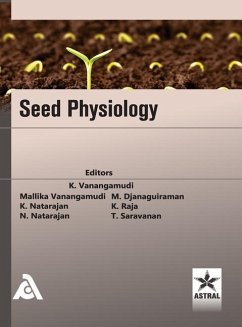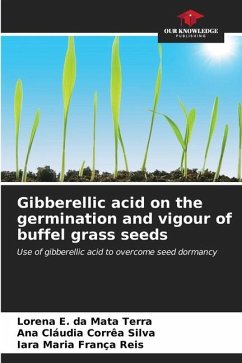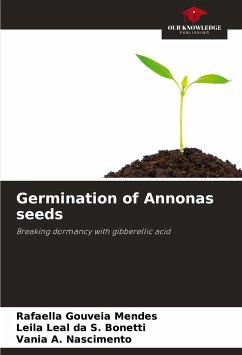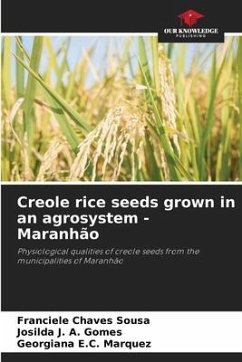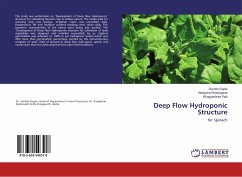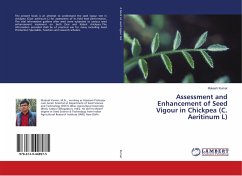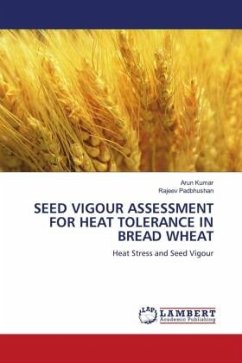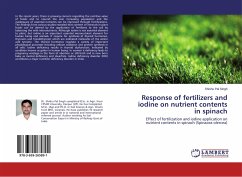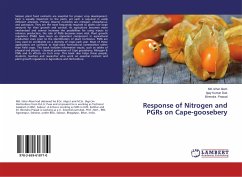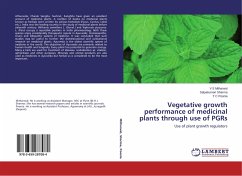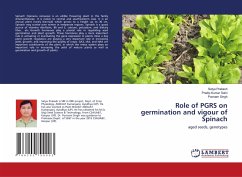
Role of PGRS on germination and vigour of Spinach
aged seeds, genotypes
Versandkostenfrei!
Versandfertig in 1-2 Wochen
26,99 €
inkl. MwSt.

PAYBACK Punkte
13 °P sammeln!
Spinach (Spinacia oleracea) is an edible flowering plant in the family Amaranthaceae. It is native to central and southwestern Asia. It is an annual plant (rarely biennial) which grows to a height up to 30 cm. Spinach may survive over winter in temperate regions. Spinach is a good source of vitamins riboflavin, B6 and E, calcium, potassium, and dietary fiber, etc. Growth hormones play a pivotal role in regulating seed germination and plant growth. These hormones play a more important role in activating or inactivating the gene expression in plants. Now a day plant growth regulators are playing...
Spinach (Spinacia oleracea) is an edible flowering plant in the family Amaranthaceae. It is native to central and southwestern Asia. It is an annual plant (rarely biennial) which grows to a height up to 30 cm. Spinach may survive over winter in temperate regions. Spinach is a good source of vitamins riboflavin, B6 and E, calcium, potassium, and dietary fiber, etc. Growth hormones play a pivotal role in regulating seed germination and plant growth. These hormones play a more important role in activating or inactivating the gene expression in plants. Now a day plant growth regulators are playing a very important role in increasing yield, growth, and improving the quality of crops. GA3, IAA, and NAA are important constituents of the plant, in which the redox system plays an important role in increasing the yield of mature plants as well as germination and growth of plants.



